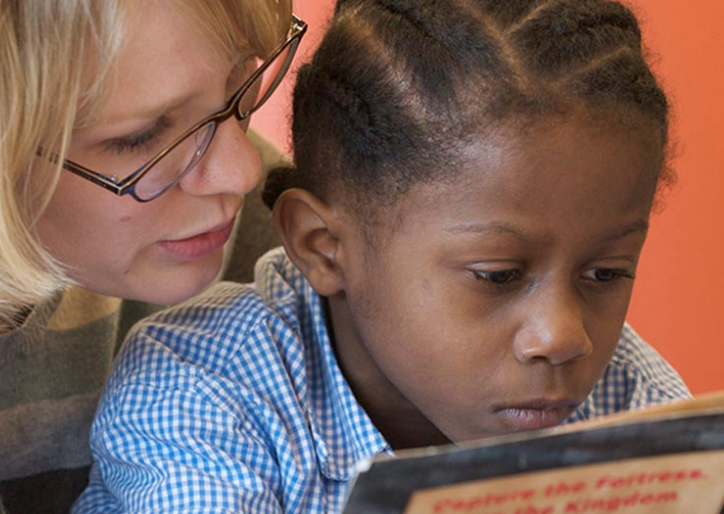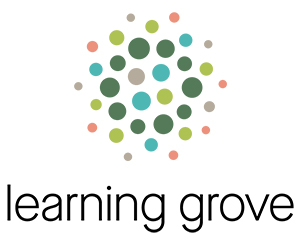By Vicki Prichard
Northern Kentucky Tribune reporter
StriveTogether, a national nonprofit working to improve education for children, announced the achievement of a three-year goal by naming five “Cradle to Career Network” communities as shining examples of student success for the country.
The communities and programs include, Tacoma, Washington’s, Graduate Tacoma, which is the fifth community to join Cincinnati/Northern Kentucky’s StrivePartnership; Dallas County Commit Partnership, in Dallas, Texas; Portland/Multnomah County’s, All Hands Raised, in Portland, Oregon, and Racine County’s Higher Expectations for Racine County, in Racine, Wisconsin.

Jennifer Blatz
StriveTogether coaches and connects partners across the country to close gaps by using local data, especially for children of color and low-income children. StriveTogether reports that communities using the approach have seen measurable gains in kindergarten readiness, academic achievement and postsecondary success. The program unites stakeholders in the region’s urban education ecosystem around shared issues, goals, measurements and results, and then actively supports and strengthens strategies that work.
“I firmly believe it’s our obligation, not only in Northern Kentucky but throughout America, to provide every child with the opportunity to succeed in life through a quality education,” says StriveTogether CEO and president, Jennifer Blatz. “Success becomes possible when we’re able to rally all community members around a common vision to achieve common goals, like StrivePartnership has done in Northern Kentucky and Cincinnati. These challenges will be compounded with the state’s proposed cuts to education. And so, community partnerships like StrivePartnership are critical to ensuring that everyone in the community shares accountability for getting better results for kids from cradle to career.”
Blatz is a resident of Hebron.
“I am a life-long Northern Kentuckian and a huge supporter of and believer in this community,” says Blatz. “I grew up in Hebron, attended public schools there where I thrived and went on to attend UK as a first-generation college student. I eventually made my home back in Hebron when I had my own children so that they could attend and thrive in the Boone County School system.”
StriveTogether began as a local cradle-to-career partnership serving kids in Northern Kentucky and Cincinnati in 2006. Blatz says education leaders and partners in northern Kentucky have had an incredible impact on the national work of StriveTogether.

“That partnership — StrivePartnership — is still going strong and, in fact, has become a national model for a community-driven approach to improving educational outcomes for every child. In 2011, StriveTogether launched to build stronger cradle-to-career partnerships through a national network that is now nearly 70 communities.”
Blatz says this type of collaboration, where education and community leaders from three cities come together for kids, was unprecedented.
“To effect positive change in education, it really does take an entire community, a willingness to change old behaviors and reliable data.,” she says. “Over the past decade, StrivePartnership has achieved some incredible results for the three communities and has had a big influence on other communities across the country.”
Among the challenges facing Northern Kentucky, as with many communities, says Blatz, is to ensure that students have the necessary resources.
“One of the greatest is that it is a growing and thriving region known for some very strong school systems that post some terrific data. But if you look closer at the data — and we always look at data at StriveTogether and throughout the Cradle to Career Network — you will find racial and socioeconomic disparities. Some students are falling behind, and these booming/fast-growing districts need to ensure that they have the resources and capacity to close gaps.”


















